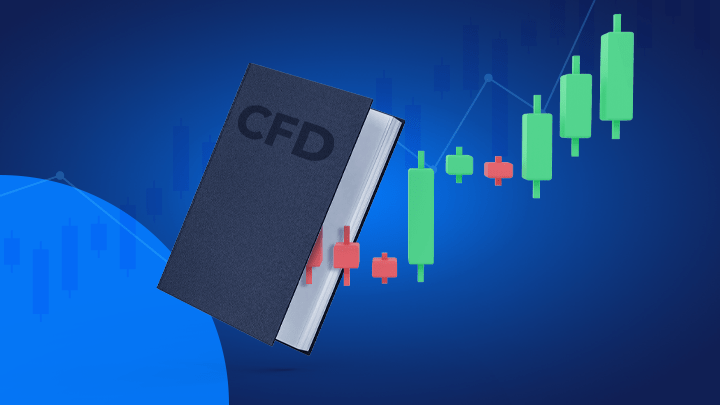If you’re looking for a way to make money from the financial markets, CFD trading could be a great option for you. CFDs, or Contracts for Difference, are a type of derivative instrument that allows you to speculate on price movements of underlying assets like stocks, commodities, and currencies. This means that you can make profits from both rising and falling markets. In this ultimate guide to cfd trading, we’ll explain everything you need to know about this exciting form of trading.
What are CFDs?
CFDs are contracts between a trader and a broker that allow for the exchange of the difference in price of an underlying asset between the opening and closing of a position. CFDs allow traders to take both long and short positions, which means that they can profit from price increases and decreases. This makes CFD trading a popular choice for traders looking to hedge their positions or speculate on market movements.
How does CFD trading work?
CFD trading is typically done through an online platform provided by a broker. Traders can access different markets to trade on, and most platforms offer a range of tools and features to help them manage their positions. When trading CFDs, you don’t actually own the underlying asset, but you’re speculating on its price movements. This means that you can potentially profit from even small price movements, but you’re also exposed to more risk than if you were buying the asset outright.
What are the advantages of CFD trading?
One of the main advantages of CFD trading is that you can take advantage of leverage to increase your potential profits. This means that you can trade with a smaller account size and potentially earn higher returns. Additionally, CFD trading allows you to access a wide range of markets and assets, so you can diversify your investments and reduce your risk. CFDs also offer the ability to short sell, which means you can profit from market declines.
What are the risks of CFD trading?
While there are many potential benefits to CFD trading, there are also risks involved. One of the main risks is that CFDs are a leveraged product, which means that you can potentially lose more than your initial investment if the market moves against you. Additionally, CFD trading can be complex and there’s a learning curve involved. It’s important to fully understand the risks before you start trading and to have a solid trading plan in place.
How can you get started with CFD trading?
If you’re interested in CFD trading, there are a few things you’ll need to do to get started. First, you’ll need to find a reputable broker that offers CFD trading. Next, you’ll need to fund your trading account and start practicing with a demo account. This will allow you to gain experience and test out different strategies without risking real money. Once you’re ready to start trading with real money, you’ll need to start small and gradually increase your position sizes as you gain experience.
Conclusion:
CFD trading is a popular way for traders to speculate on price movements in the financial markets. With the ability to take both long and short positions, access multiple markets, and use leverage to potentially increase your profits, CFD trading can be a great way to diversify your portfolio and earn returns. However, it’s important to be aware of the risks involved and to have a solid trading plan in place. By finding a reputable broker, practicing with a demo account, and starting small, you can get started with CFD trading and potentially earn profits in 2021.
